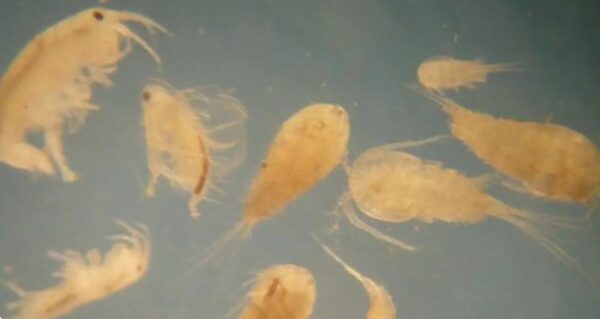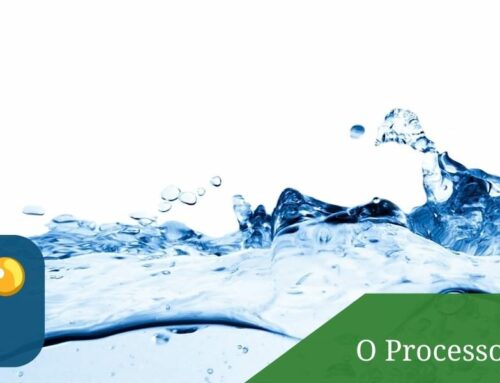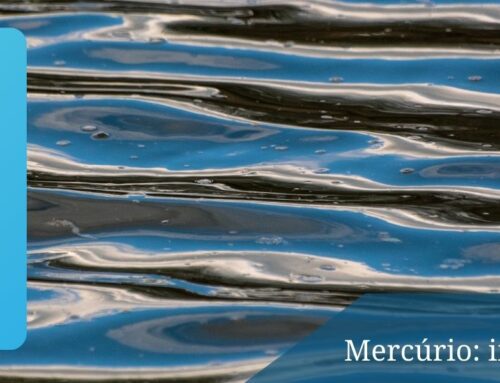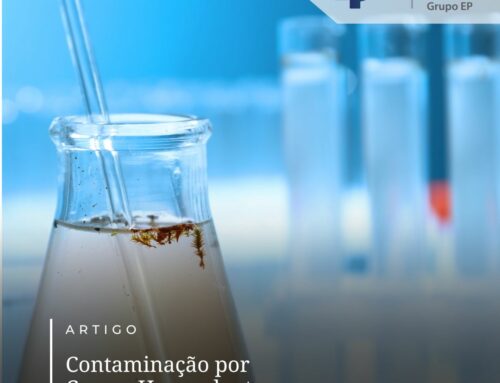
What are Bioindicators?
Bioindicators or biological indicators are organisms that respond to environmental changes in the environment where they live (when studied in their own habitat) or to which they are exposed (in a laboratory environment, for example). Here in the ecotoxicology laboratory of EP, we have two species of bioindicator microcrustaceans: Daphnia similis and Ceriodaphnia dubia, also popularly known as water fleas.

Microcrustaceans
Source: https://marelimartins.com.br/2023/02/02/quem-recebeu-agua-com-microcrustaceos-e-teve-prejuizos-tera-reembolso-diz-sanepar/
These organisms are widely used in ecotoxicological assays for a wide range of compounds due to their ecological importance, availability and ease of handling in the laboratory. They are important biological indicators, because they are highly sensitive organisms to environmental changes, with a short life cycle, in addition to presenting homogeneity in their generations.
These microcrustaceans (under favorable conditions) reproduce asexually, forming clones. This process is called parthenogenesis: a single individual originates his descendants, that is, there is no exchange of genetic material with another organism, so all descendants are identical to the matrix that the
Generated.
Daphnia similis are used in acute assays, which are those that evaluate the effects triggered after exposure to the contaminant, for a short
time period. In this test, we were able to identify the toxicity of a sample through the immobility or death of the organism.
The microcrustaceans Ceriodaphania dubia are used in chronic assays, which evaluate the effects of repeated exposures over a relatively long time, usually greater than one decimo of the body’s life span. Here it is possible to determine how toxic agents affect the survival and reproduction of these organisms.
EP Analítica, with its accredited laboratory performs several environmental analyses, with its own team for collection and analysis of samples, learn more on the Environmental Analysis page of the EP Group.
Amanda Oliveira (
LinkedIn
)
References
CETESB. Bioindicators. Available at: <https://cetesb.sp.gov.br/solo/bioindicadores/#:~:text=Bioindicadores%2C%20of 20a 20way%20geral,para%20evaluates%C3%C3 A7%C3%A3o 20da 20quality%%20uma%%20da%>. Accessed March 6, 2023.
UNESP. Joaquim Gonçalves Machado Neto. Aquatic Ecotoxicology – Ecotoxicity Test for fish and Daphnia (2018). Available in:
<https://www.fcav.unesp.br/Home/departamentos/fitossanidade/joaquimgoncalvesmachadoneto/10a.-toxic-aquat-peixes-04-e-05–out-2018.pdf>. Accessed March 6, 2023.
Maria Virgínia da Conceição Albuquerque & et al. Daphnias spp. as Bioindicator Organisms of Toxicity and Environmental Characterization of Eutrophicated Aquatic Systems. Available in:<https://editorarealize.com.br/editora/anais/conapesc/2021/TRABALHO_EV161_MD1_SA106_ID2304_20102021122945.pdf>. Accessed March 6, 2023.
Irineu Ferreira da Silva Neto & et al. Use of Ceriodaphnia dubia as an Aquatic Bioindicator in Ecotoxicological Assays in the Detection of Chronic Poisonings. Mundi Magazine Environment and Agrarians. Paranaguá, PR, v.7, n.1, p. 1-18, set./mar, 2022. Accessed March 6, 2023.
Laboratory of Limnology, IB/USP. Carolina F. Mariani. Ecotoxicology. Available at: <http://ecologia.ib.usp.br/portal/index.php?option=com_content&view=article&id=143&Itemid=419>. Accessed March 6, 2023.





